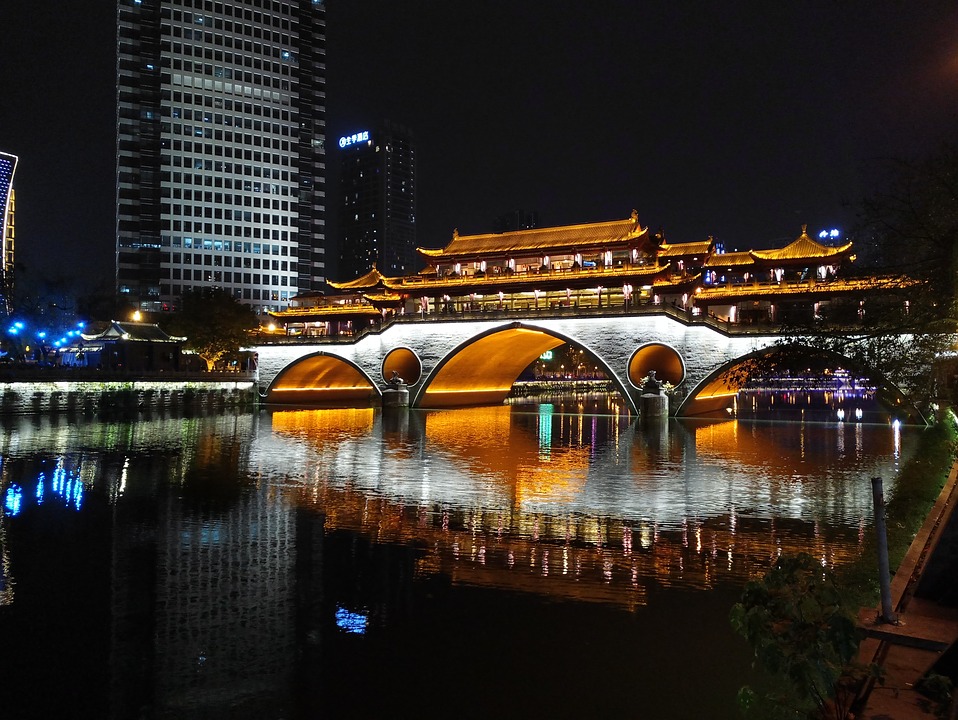- +44 (0)20 8334 8266
- uk@lan-bridge.com
- 中文
How many cities does China have?
Most people don’t need more than one hand to name all of the Chinese cities they know. And yet, outside of China, many people are surprised to know that the country has 105 cities with a population of over 1 million.
It may take a while to learn (and learn how to pronounce) most of these cities’ names. However, as Confucius said: Every journey begins with a single step…
Lan-bridge: Available no matter where you are in China
Lan-bridge is fortunate to have offices in 9 different cities across China. By the end of this year (2017), we will have 11. Today, after a brief overview of the cities of China, we will introduce you to three new cities where we have offices.
A rapidly urbanising country
China was previously a largely agricultural society, with tens of millions of people living in small towns and villages across the vast and vastly different landscapes that make up the country. To give you an idea of how much it has changed, consider this: in the year 2000 36.2% of its population lived urban areas. In 2015, this number had reached 56.1%. Today, this trend is still growing.
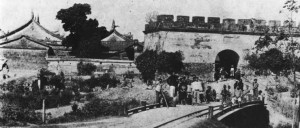
This huge economic transformation in recent decades has in turn changed Chinese cities in many ways. For example, Beijing used to be well-known for its hutongs, narrow streets and alleys. Nowadays, this feature is rarer than ever, as the huge megalopolis transforms itself in order to accommodate its growing population.
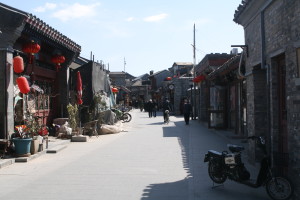
This rapid urbanisation has brought with it the loss of some of its heritage. This isn’t necessarily a problem unique to China, as many other countries face this issue (for example, Japan, Russia and even the UK, to name just a few). However, signs of an increasing awareness of the importance of heritage are visible.
Tiered system
Chinese cities and towns can be categorised into 4 main groups (or tiers), with 1 being the highest. Four cities currently have tier 1 status: Beijing, Shanghai, Shenzhen and Guangzhou. These categories are not based solely on population, but on a development objectives (that take in a number of factors) set by the Chinese government in the 1980s. However, generally speaking, they do reflect a city’s level of development and GDP.
There are approximately 34 cities with Tier 2 status. Some of the more well-known include: Tianjin (population 15.47 million), Nanjing (pop. 8.23 million), Hangzhou (pop. 9.18), and Suzhou (pop. 10.66). All other cities come under Tier 3 and 4 status. You can find out more about China’s tier system here on the South China Morning Post’s excellent page.
Chengdu
Province: Sichuan
Population: 10 million (aprox)
Tier: 2
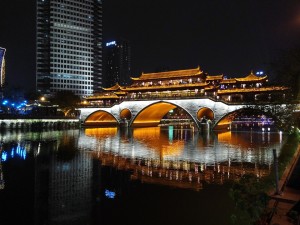
Chengdu, the capital of western China’s Sichuan Province, is where Lan-bridge’s headquarters are based. It’s famous for its Pandas (80% of the world’s pandas reside in Sichuan Province) and it’s excellent cuisine, including very spicy hotpot.
Located on the beautiful Chengdu plain, Chengdu has a long and rich history which goes back to approximately 300BC. It has played an important role in trade and politics throughout its existence, being the capital of the Shu Kingdom during the Three Kingdoms Era (AD 184/220–280) and briefly becoming the capital of Nationalist China during World War II.
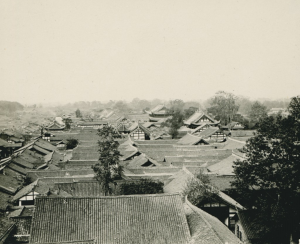
Chengdu’s warm climate and proximity to multiple scenic areas makes it an attractive place to visit all year around. It is developing fast and is now the centre of business, trade and investment in southwest China. 299 of the fortune 500 companies now have branches in Chengdu, and over 200 of those are foreign companies.
Xi’an
Province: Shaanxi
Population: 8,705,600 (2015)
Tier: 2
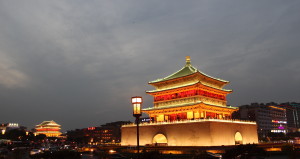
Xi’an (pronounced ‘she-an’) is the most populous city in Northwest China. It is well-known for the starting point of the Silt Road and the home to the Terracotta Warriors, ancient statues dating back to the Qin Emperor (259 BC – 210 BC) that were unexpectedly discovered in the 1970s.
Like many cities in China, Xi’an has seen incredible growth in size, population and GDP over the past few decades. It has huge tourism and manufacturing industries and has recently attracted new investment by become a hug for software outsourcing.
Xi’an’s has long been an important (and more than once capital) city of China, and this is reflected in the large number of famous tourist sites available to see there. As it was China’s capital during the Tang Dynasty (which is considered by many to be the height of Chinese civilization), Xi’an still holds a unique place in China.
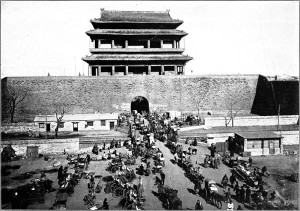
Aside from the Terracotta Warriors there is much to see in Xi’an, including the Giant Wild Goose Pagoda, the Xi’an City Wall or Tang Paradise.
Wuhan
Province: Hubei
Population: 10,607,700 (2015)
Tier: 2
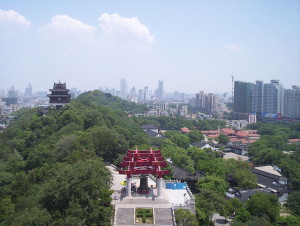
Sitting in the heart of China besides the Yangtze River, Wuhan (pronounced has long been an important trading and cultural centre in China. It boasts a rich heritage that has seen it at the centre of events from ancient to modern China – it was, for example, the scene of the Wuchang Uprising which led to the overthrow of China’s last Imperial Dynasty – the Qing.
Some of its ancient heritage can still be seen today. The Yellow Crane Tower, which has been rebuilt several times, was the inspiration behind a number of famous poems throughout Chinese history.
It is the site of three national development zones and 4 science and technology parks. These features, as well as its great central geographical location, have led to its large growth and development in recent years.
98 Cities to go
Presuming you already knew the four tier 1 cities in China, you now should be able to claim basic knowledge of 7 – which means that there are just 98 more to learn about before you can begin to consider calling yourself a Zhongguo tong (‘China expert’)…
Follow us on WeChat

